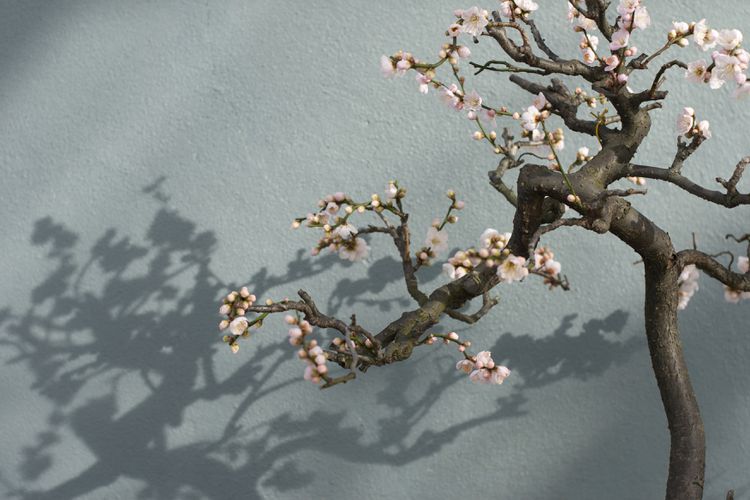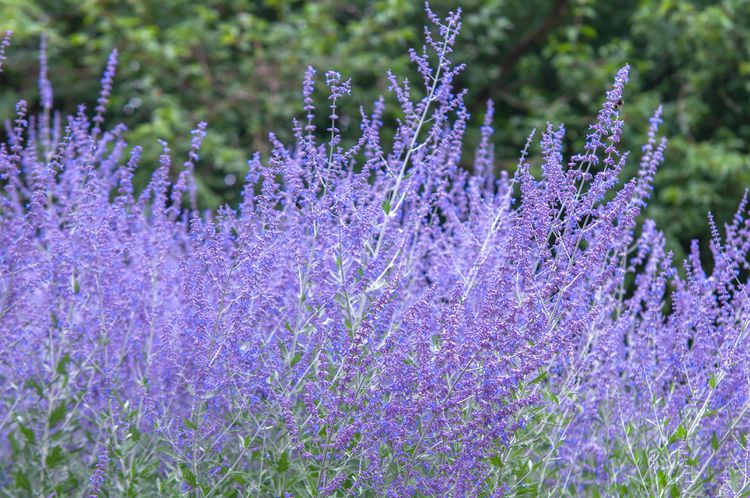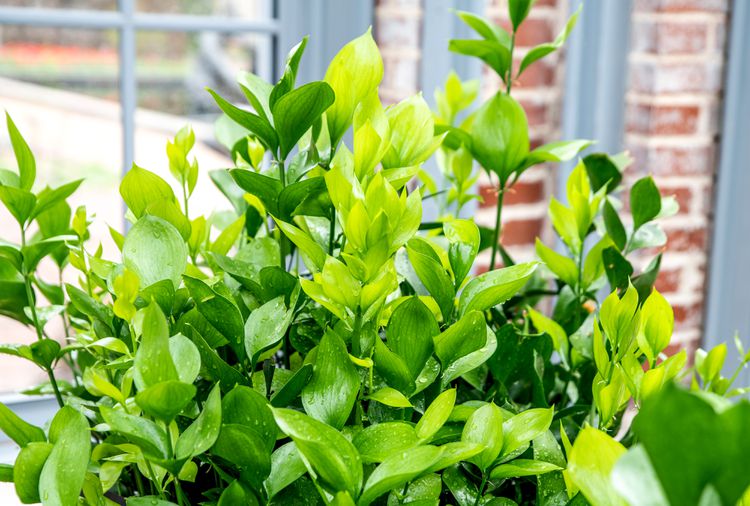Barbara Gillette is an accomplished Master Gardener, herbalist, beekeeper, and journalist with three decades of expertise in cultivating and propagating a variety of fruits, vegetables, herbs, and ornamental plants.
Released on July 27, 2023.
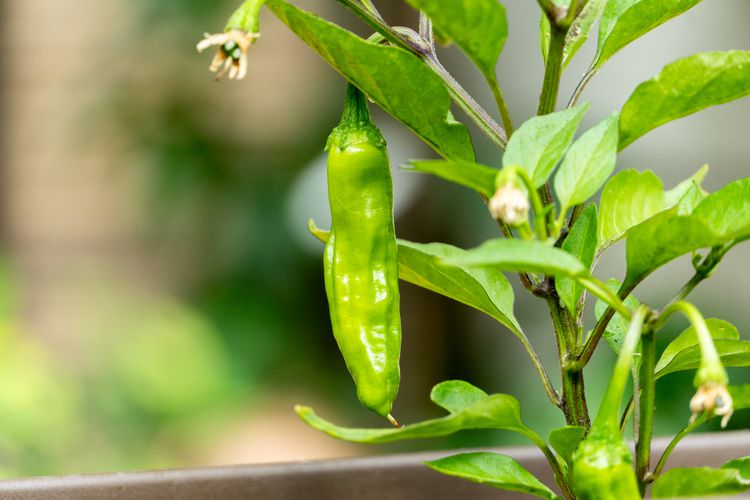
The Shishito pepper is a traditional Japanese heirloom variety known for its sweet taste and a hint of smokiness when prepared. Despite its low Scoville rating of only 50 to 200, the unique flavor and adaptability of these small, elongated, and wrinkled peppers have made them increasingly popular among pepper enthusiasts and gardeners, often rivaling hotter varieties. Occasionally, you might encounter one that packs a bit more heat, comparable to a mild jalapeño.
Shishito peppers are simple to cultivate and thrive in various settings, including vegetable gardens, raised beds, containers, and hanging baskets, and they can even be grown indoors as houseplants. This warm-season vegetable should be planted in late spring or early summer, ideally when soil and air temperatures are around 70 degrees Fahrenheit. Shishito peppers grow rapidly, with the first harvest possible in approximately 65 days. Each plant can yield an impressive 20 peppers or more.
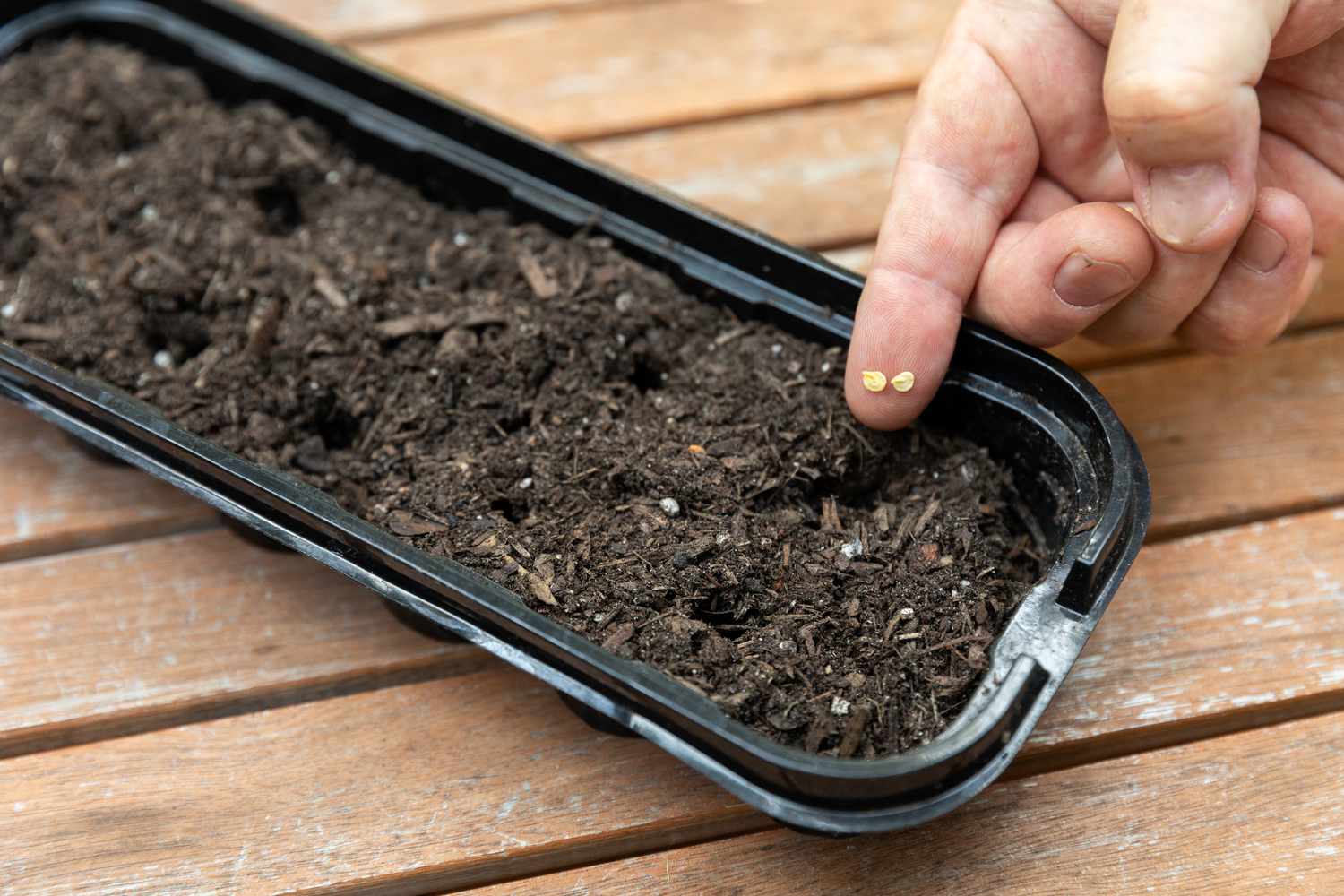
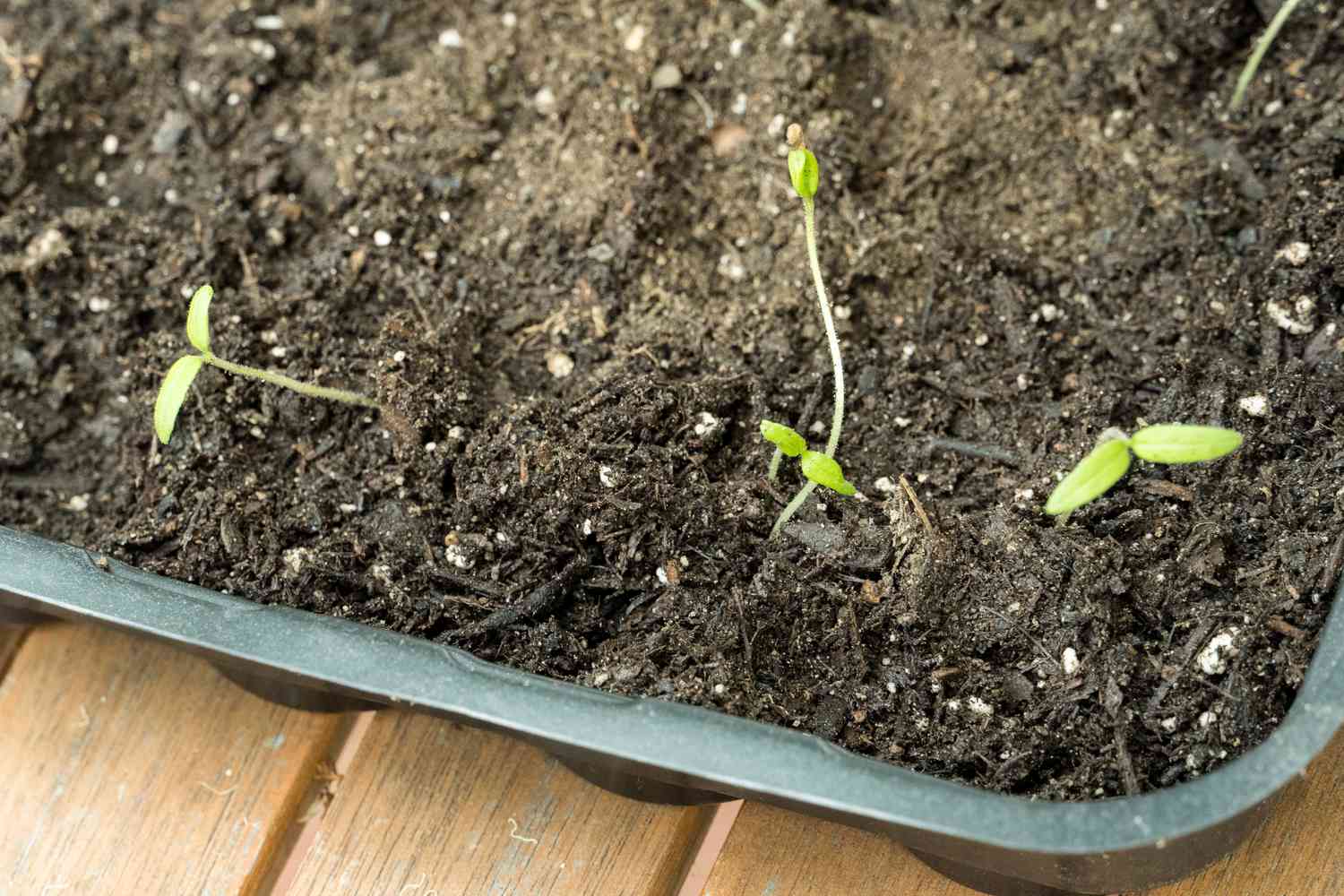
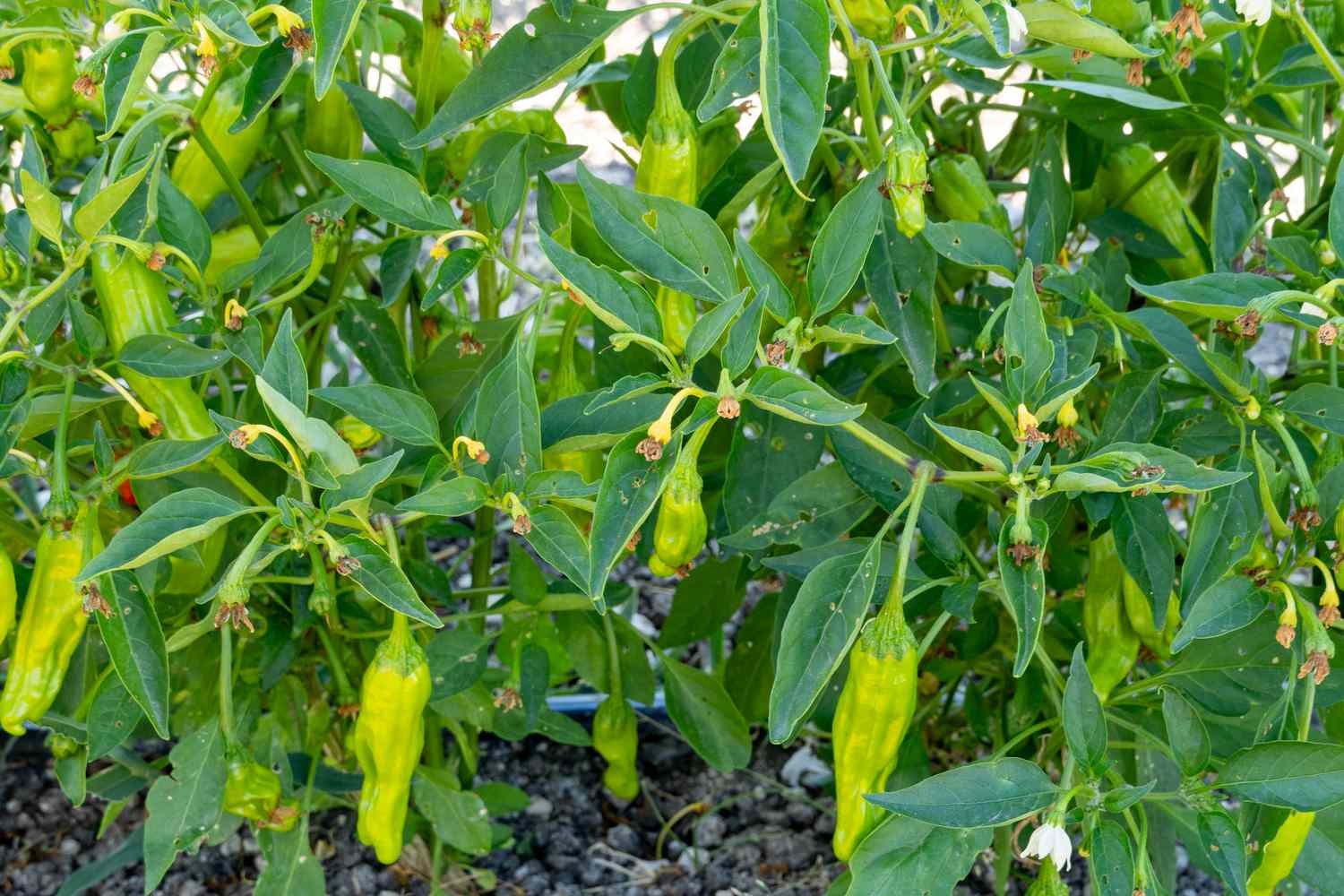
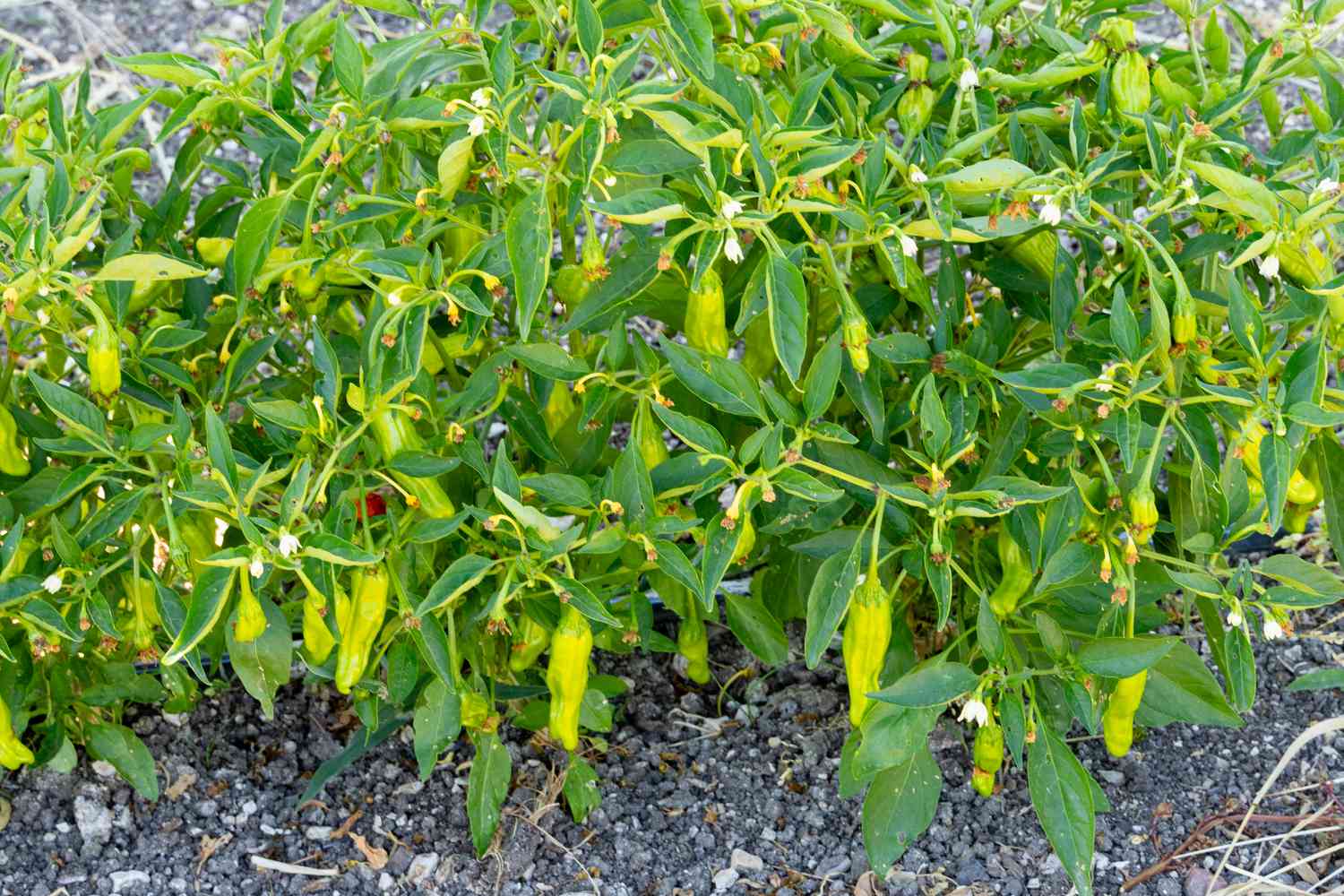
Light
This heirloom pepper thrives in full sunlight throughout the day. Select a location that receives a minimum of eight hours of sunlight each day.
Soil
Peppers thrive in soil that is abundant in organic material. Incorporate well-aged compost prior to or during the planting process. The ideal soil pH should range from neutral to slightly acidic, specifically between 6.0 and 6.8.
Water
To promote a robust root system, ensure that seedlings remain a bit damp by watering them every two days. After the plants have matured, watering them once a week is generally adequate. Steer clear of watering from above, maintain a steady level of moisture, and prevent the soil from drying out completely. For watering peppers, drip irrigation is a highly effective technique. In arid regions, applying mulch around the base of the plants helps keep the roots cool and moist.
Container plants, whether on the patio or inside, require more regular watering. Depending on the environment, this may be necessary as often as once a day. Ensure to water thoroughly at the base, allowing any excess water to drain away.
Climate and Moisture Levels
Pepper plants flourish in warm, sunny environments. Shishito peppers, in particular, thrive when planted at least four weeks after the last frost, ideally when the average daily temperatures range from 70 to 85 degrees Fahrenheit.
When cultivating this pepper indoors, consider using a humidifier or placing the plant on a tray filled with pebbles to increase the humidity to a range of 40 to 60 percent.
Fertilizer
Apply fertilizer to Shishito peppers every four to six weeks during the growing season. It’s best to mix compost into the planting hole, or you can use a balanced NPK fertilizer like 10-10-10. An organic option is blood meal, which provides a good source of nitrogen.
As flowers begin to bloom, incorporate bonemeal or a phosphorus and potassium-rich NPK fertilizer, such as a 5-10-10 blend, to promote flowering and fruit production. Once the fruits start to form, a third application of a balanced fertilizer, compost, or blood meal will support robust growth. Shishito peppers thrive with water-soluble organic fertilizers, including fish emulsion and seaweed extract. For peppers cultivated in containers, increase the frequency of fertilization to every two weeks.
Pollination
Shishito pepper blossoms have the ability to self-pollinate; however, when cultivated outdoors, they often attract insects that assist in the transfer of pollen. The movement of the wind and the activity of insects both play a role in the production of fruit. For those growing Shishito peppers indoors, hand pollination is an option, or you can lightly brush your hand across the plant’s leaves and flowers to promote thorough pollination and enhance fruit yield.
Gathering Shishito Peppers
Skilled cultivators typically gather Shishito peppers during their green phase, approximately 60 to 65 days post-planting. While fully matured peppers can turn red and are safe to eat, their flavor may diminish. It is advisable to harvest them when they reach a length of 3 to 4 inches. Allowing this delicate variety to remain on the plant for an extended period can lead to a thicker skin, reducing their taste appeal. Under ideal conditions, the plants can yield fruit for an additional 45 days.
For optimal flavor and moisture, pick peppers in the morning. Hold the peppers by the stem and carefully twist to detach the stem and fruit. Alternatively, you can use scissors. If any part of the stem is left on, the pepper will spoil rapidly.
Shishito peppers can be stored in plastic bags in the refrigerator for up to a week. If you have extra peppers, you can either freeze them whole or roast, peel, and remove the seeds before freezing for later use in cooking.
Tips for Cultivating Shishito Peppers in Containers
This type of pepper thrives in containers, including hanging baskets. Select a container that is 12 inches in depth and width, and fill it with a mixture of potting soil and well-aged compost. For optimal seed germination, use potting soil that is free of inorganic fertilizers. Sow the seeds at a depth of 1/4 inch and cover them lightly. Position the container in a location that receives full sunlight and maintain consistent moisture in the soil.
To transfer a pepper seedling into a pot, start by filling a container that is 12 inches deep and wide with a high-quality potting mix. Create a hole that is 8 inches deep and a bit wider than the seedling’s root ball. Trim off the lower leaves and position the crown slightly beneath the soil surface. Incorporating aged compost into the backfill will promote robust growth. Position the pots in an area that gets full sunlight each day and maintain a consistently moist soil.
Growing Shishito Peppers from Seeds
Shishito pepper seeds typically germinate consistently, taking between one to three weeks to sprout. To start, you’ll require a seed starting mix along with small containers or a germination tray.
- Prepare a germination tray or small containers by filling them with a damp, soilless seed starting mixture.
- Sow the seeds at a depth of a quarter of an inch and gently cover them with the mixture.
- Position the containers in a warm area that gets plenty of bright, direct sunlight.
- Utilize grow lights along with heating mats or bottom heat to enhance the germination process.
- Maintain a steady level of moisture for the seeds, but be careful not to overwater, as this may lead to rot.
- Plastic covers or domes assist in retaining moisture.
- Once the seeds begin to germinate, take off the plastic if it has been used.
- Once the true leaves emerge and the stems are robust enough to manage, peppers can be moved to larger containers.
Tip
If you lack a heating mat, the heat emitted from the top of your refrigerator can effectively and consistently promote the germination of pepper seeds.
Overwintering
While peppers are typically classified as annuals in many regions, they can actually be grown as perennials, allowing them to survive through the winter for multiple years. By properly preparing them for dormancy, you can jumpstart the next growing season with a plant that has a well-established root system. To do this, you will need a clean, sterile pot, new potting soil, a shovel or spade, and sterile pruning shears. Here are the steps to follow.
- Start by placing fresh potting soil at the base of a clean container. You may opt for a pot that matches the size of the current one the pepper is in, or select one that is a bit smaller. If you intend to bring a pepper that has been planted in the ground indoors for the winter, choose a pot that is 12 inches in both width and depth.
- Utilize the clippers to trim the branches, ensuring to leave two or three nodes on each one while eliminating all the leaves.
- Gently remove the pepper from its container. If it’s in the soil, take a shovel and create a circular area 8 inches wide and deep around the main stem, then carefully extract the plant.
- Carefully remove any extra soil by shaking, and use your fingers to untangle and fluff the roots. You can wash away the leftover soil with a hose.
- Position the base of the root ball on the soil surface and begin to add soil around the roots until the upper part of the root ball is fully covered.
- Allow the excess water to drain, then position the pot in a cool area (between 55 and 65 degrees Fahrenheit) where it will be exposed to indirect sunlight.
- Keep eliminating any new leaves that appear during the resting or dormant phase.
- Inactive pepper plants need minimal watering, with sufficient moisture provided every two weeks.
- When temperatures reach around 70 degrees Fahrenheit, begin acclimating the plant to the outdoors to help it adjust. Peppers that have a well-developed root system tend to acclimate to external conditions rapidly.
Frequent Insects and Plant Ailments
Shishito peppers are vulnerable to various pests and diseases that impact all types of pepper plants. Key pests to monitor are aphids and hornworms. Among the most common fungal issues is powdery mildew, which may necessitate multiple treatments to manage effectively.
Are shishito peppers simple to cultivate?
Shishito peppers can be cultivated with ease in various locations, provided that the temperature remains consistently above 70 degrees Fahrenheit.
What is the time required for shishito peppers to grow?
Shishito peppers require a growth period of 60 to 65 days following transplantation. In cooler climates, it is advisable for cultivators to begin seed germination 8 to 10 weeks prior to the last frost.
What are the signs that indicate shishito peppers are ripe for harvesting?
Shishito peppers should be harvested when they are still green, measuring 3 to 4 inches in length and featuring thin, wrinkled skins. This stage is when they offer the most flavorful taste.

